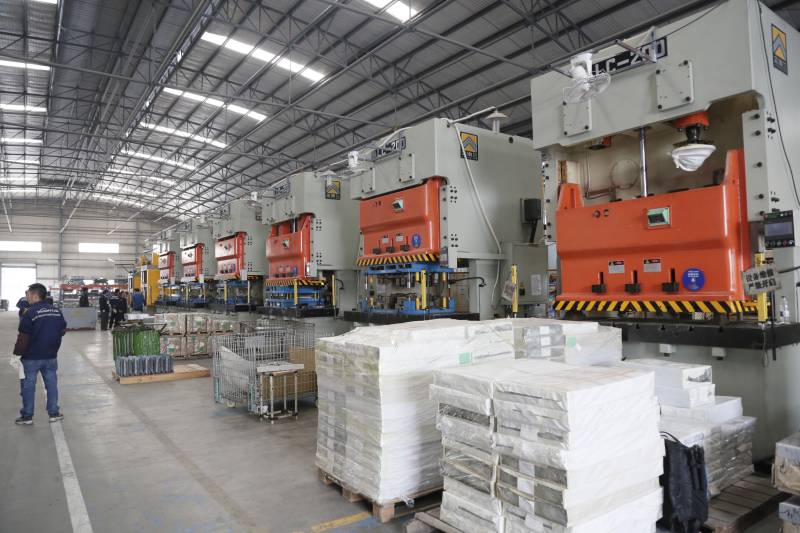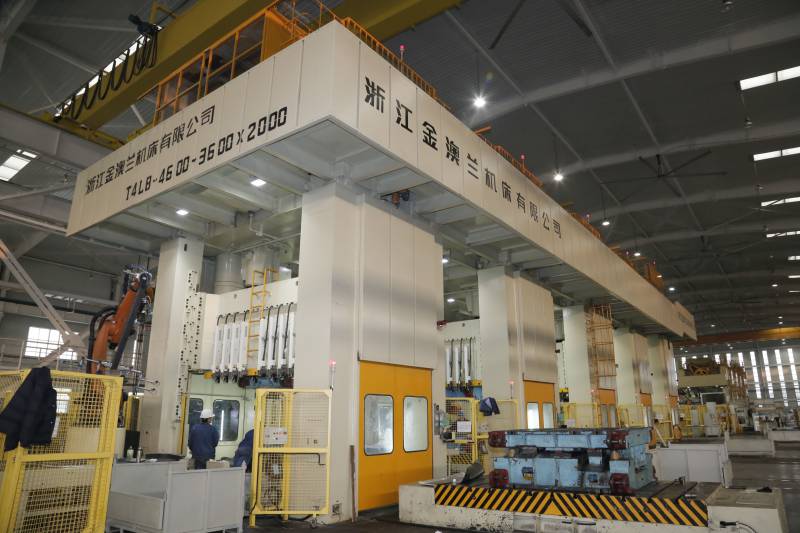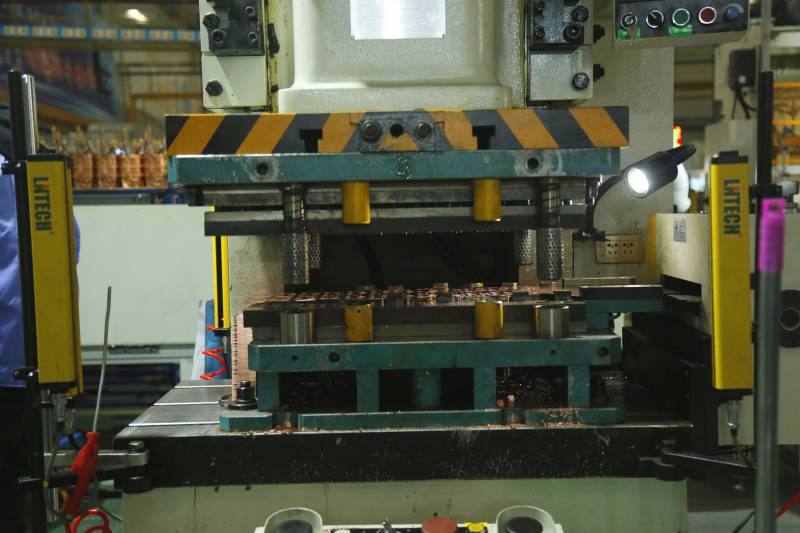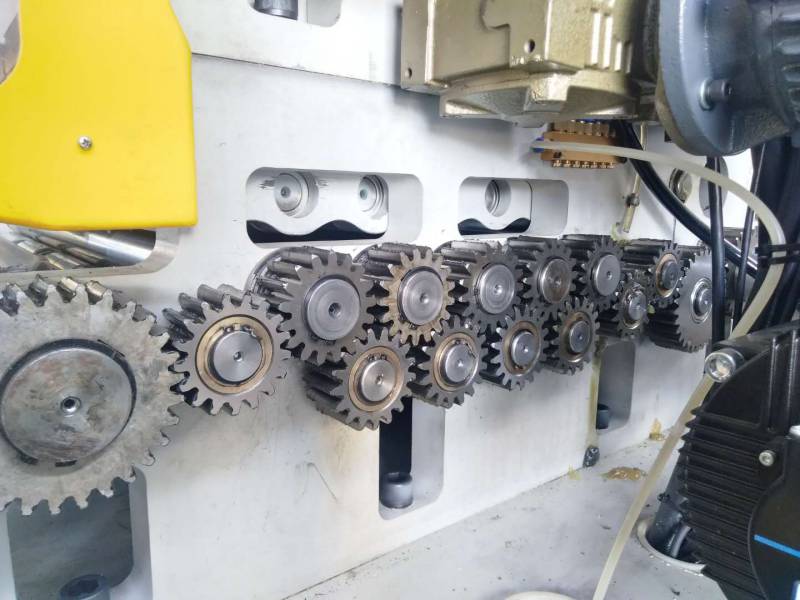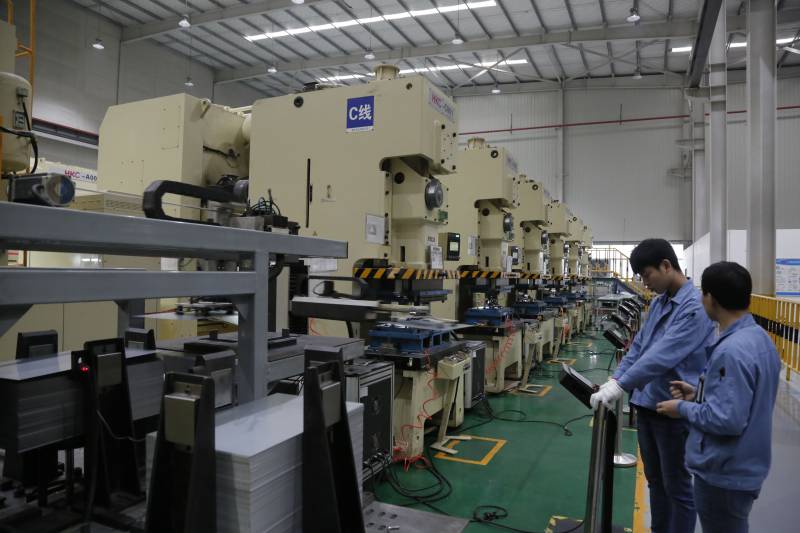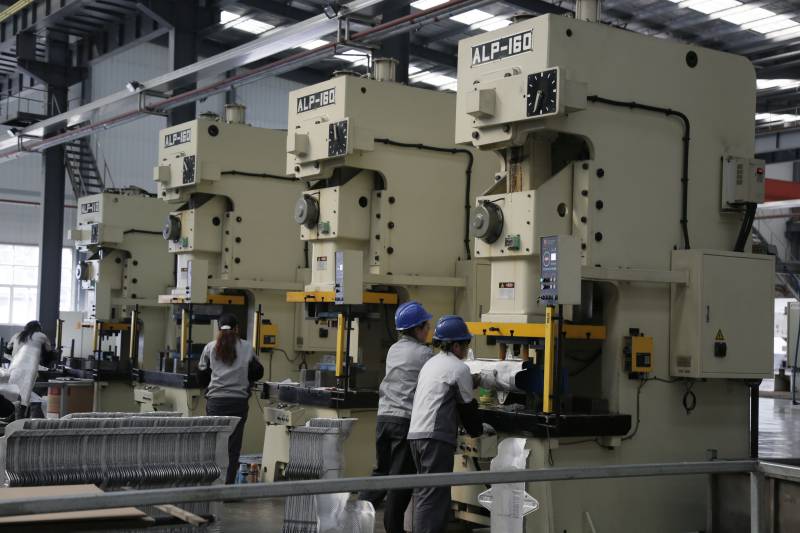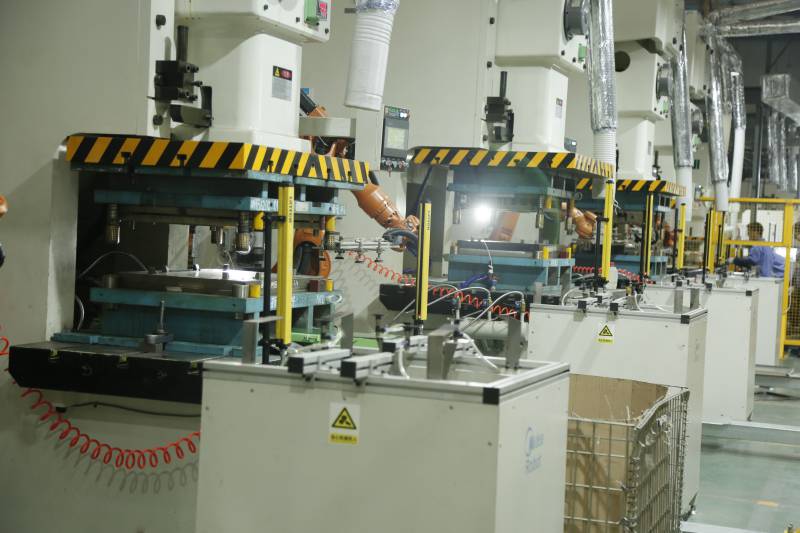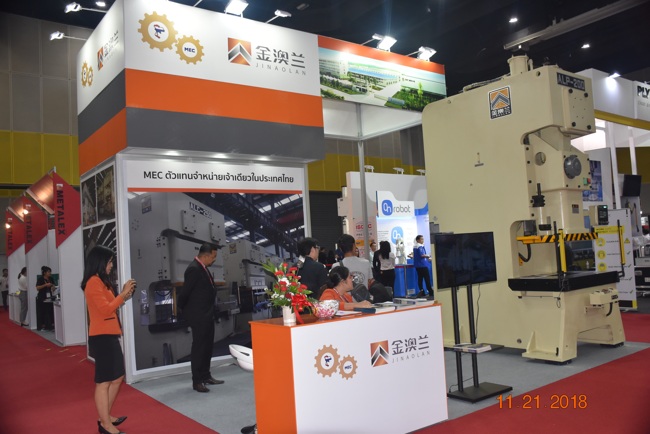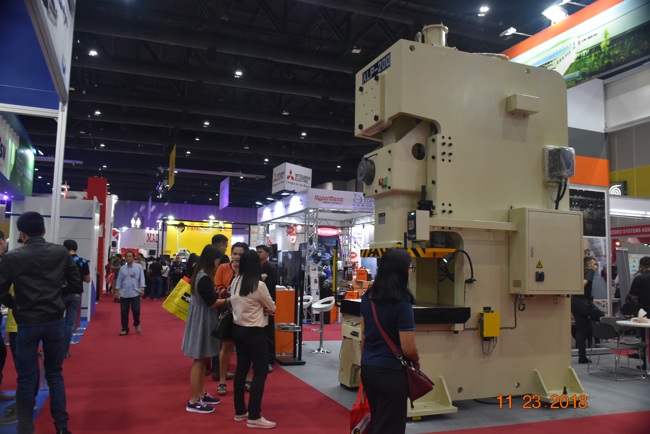GFRP molds are usually the cheapest option and are usually the simplest to construct.They can usually be finished in days rather than months, such as machined metal molds. In addition, GFRP molds can be easily modified or simply rebuilt if a design or process change is required. Traditional GFRP molds may be manufactured as follows: Tool gel coat (18-22 mill thickness) Vinyl ester barrier coating (18-22 mm thick) (optional) Leather garment (0.045-0.090 mm thick) (optional) Filling material (0.200 “+ thick) Core material (optional, but minimum 3/8 ” if used for stiffness) Filling material (0.200 “+ thick) Supporting materials (quantity and thickness depend on required dimensions and frame stiffness) The gel coating should always be fresh material and designed for compound die manufacturing. Looking for products for sale as “tool gel coat”. These products are more durable and heat resistant than traditional production gels (i.e., Marine, sanitary or sanded).
Mold coating is also designed for better corrosion and wear resistance and better light retention than traditional coating.Previously, a second layer of mould gel coat was used if heavy polishing/polishing of the mould was expected. Recently, sand reduction has become the norm, especially with the development of shrink-controlled materials.
As a result, the second gel coating has been developed to use a vinyl ester barrier coating to “push” the fiberglass further away from the mold surface, while providing a layer of toughness on the brittle second layer of the mold gel coating. Skin is often used to pick up complex die details, especially where fiberglass bridging may occur within a tight radius.These skin coats should be made of a blend of vinyl ester resin and specifically designed for thin-skin treatment. Any air gaps in the outer or inner layers of the skin must be polished and repaired before proceeding. The expansion layer has developed over the past 25 years.The current method used by most companies involves contract-controlled bulking, in which thicker layers can be used multiple times a day (0.120 “to 0.200”).
One – to three-day compound die manufacturing is the common denominator for quick healing, shrinkage control technologies. Core materials, such as balsa or synthetic materials, can be included in molds that require less weight or stiffness. Support materials ranging from wood to metal tubes/blocks shall be designed to increase the stiffness and strength of the die. Note: keep wing thickness to a minimum to avoid transferring any impact (heat or mechanical) to the die surface. Broken/damaged labels during production are easy to repair.The repair of the gel coat on the mould caused by external damage will require the mould to be pulled out of production.

